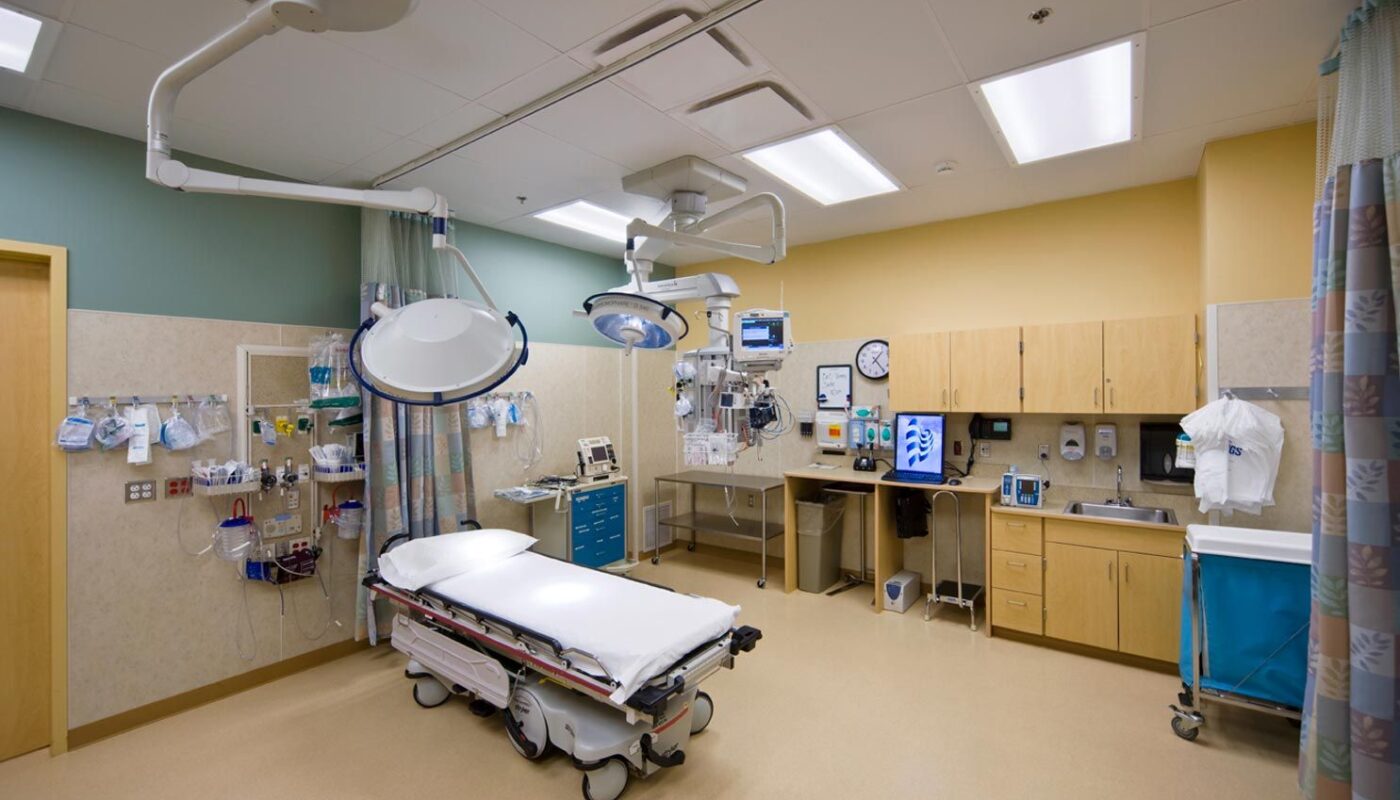Triage is a key part of the emergency medical treatment process. At a hospital emergency room, triage is the system used to determine which patients need treatment first based on the severity of their condition. This prioritization is essential in an ER where resources may be limited and patients have a wide variety of critical and non-critical illnesses or injuries. Let’s take a closer look at how triage works in an emergency room setting.
The Triage Process
When a patient first arrives at The Emergency Room, whether by ambulance or private vehicle, they are brought to the triage area to be assessed. The triage nurse’s goal is to quickly determine the patient’s acuity level based on the chief complaint and a brief physical exam. Vital signs like pulse, respiration rate, and blood pressure are also evaluated.
Using standardized triage scales with criteria for things like level of pain, signs of illness or injury, and response to questions help the nurse systematically categorize patients into priority groups. Some common triage scales used include the Canadian Triage and Acuity Scale (CTAS) and the Emergency Severity Index (ESI). Patients may be placed into resuscitation, emergency, urgent, less urgent, or non-urgent categories depending on the scale used.
Factors Determining Priority Level
There are a few key factors that help determine a patient’s triage priority level:
– Airway, breathing, circulation issues take top precedence. Any patient with difficulty breathing or signs of poor circulation/shock is immediately seen to address life-threatening problems.
– Injuries such as severe bleeding, amputations, fractures of weight-bearing bones, head injuries require prompt treatment and get high priority.
– Acute illnesses with concerning symptoms of organ dysfunction or failure related to things like cardiac events, strokes, infections get priority over chronic illnesses.
– Pediatric patients as well as geriatric patients may be prioritized higher due to increased risks of complications.
– Patients experiencing an exacerbation of an underlying chronic condition may also get bumped up depending on severity of acute symptoms.
Managing Patient Flow
The purpose of triage is not only to prioritize patients but also improve overall emergency department patient flow. Higher acuity patients are expedited to open treatment areas while stable patients may wait to be evaluated. The nurse provides an eyeball estimate of wait times to different priority groups and tries to ensure a balanced flow to avoid bottlenecks.
Lower priority patients may be periodically reassessed by nursing to watch for clinical deterioration requiring bumping up in priority. An experienced triage nurse utilizes dynamic skills to juggle patient priorities as the department’s patient census and acuity levels fluctuate throughout a shift. Excellent communication skills are also crucial to keep patients, families, and staff updated on wait times.
Family Presence During Triage
Many emergency departments now allow family/friends to accompany low acuity patients through the triage process to help provide medical history and support. This practice aims to reduce patient anxiety and improve the accuracy of the history provided compared to having patients respond alone during an stressful event. Some exceptions include when space limitations don’t allow for extra people or if the patient requires immediate lifesaving interventions.
For pediatric patients and older adults with impairments, having a responsible family member present is preferred to ensure all key details are captured. Overall, involving family judiciously during triage when possible contributes to quality of patient care delivery without compromising efficiency. Of course, privacy regulations and triage nurse judgement guide every case.
Common Triage Mistakes
Even with experienced clinical judgement and standardized triage tools, mistakes can still occur on rare occasions. Overlooking subtle signs, failing to recognize deterioration, inconsistent use of classification scales, and occasional diagnostic errors are some potential issues. That’s why continuous education, quality assurance audits, and a team approach is recommended. Input from ED physicians can help validate priority assignments for borderline patients as well.
Self-reporting patients may underplay or overplay their conditions due to factors like lack of medical knowledge, inaccurate self-diagnosis, substance influence, or desire for expedited treatment. Some conditions like abdominal pain can be tricky to assess initially as well. Overall though, with diligent nursing assessments, triage serves as a vital frontline role to identify life-threatening conditions and streamline workflow to optimize patient outcomes in busy emergency settings.
Impact on Patient Outcomes
Studies have shown that proper triage using standardized criteria improves linkage between patient acuity and time to provider assessment and treatment. This translates to reduced waiting times for critically ill patients and increased patient satisfaction. Triage accuracy influences overall emergency department quality measures like left without being seen rates, medical error rates, and mortality rates too.
By working as a frontline rapid screening and sorting mechanism, effective triage is pivotal in timely diagnosis and management of emergency cases. Allocating limited resources to patients most in need improves their chances at avoiding life or limb threatening complications from long wait times. Continued research aims to enhance existing triage tools to maximize benefits on patient safety, clinical outcomes, and high-quality emergency care delivery.
The emergency department triage process serves a crucial role in sorting high volumes of patients presenting with diverse medical conditions based on priority of need. Following standardized criteria allows experienced nurses to efficiently categorize patients, balance department workflow, and expedite care for critical cases while further evaluating stable patients. With quality assurance and ongoing education, triage functions as an indispensable component streamlining emergency care delivery and impacting patient outcomes. As healthcare systems evolve, research also works to refine triage protocols and support optimal triage decision making under changing conditions.



